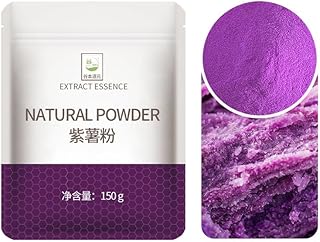When it comes to beer, the unappealing sludge of yeast and sediment settling at the bottom of unfiltered bottles, known as dregs, may not seem like a desirable ingredient. However, for homebrewers, these dregs can be a source of creativity and experimentation. While using dregs in homebrewing comes with risks, it can also lead to exciting new flavors and brewing techniques.
Professional brewers from renowned breweries like Oxbow, Keeping Together, Jester King, and Cascade offer insights into the benefits and challenges of brewing with bottle dregs. Each brewer brings a unique perspective on the potential rewards and pitfalls of utilizing dregs in homebrewing.
Kevin Martin, director of brewery operations at Cascade Brewing, cautions that using dregs can be unpredictable due to the unknown microbial composition and viability of the slurry. On the other hand, Jeffrey Stuffings of Jester King Brewing sees dregs as an opportunity for creativity and sustainability in brewing. Averie Swanson, founder of Keeping Together, emphasizes the fun and cost-saving aspects of fermenting with dregs, provided they are carefully selected.
Tim Adams of Oxbow Brewing Company advises caution when introducing dregs into homebrew, highlighting the importance of understanding the potential impact on beer flavor. Despite the risks, experimenting with dregs can lead to unique and exciting brewing experiences, especially for those willing to embrace unpredictability.
When selecting bottle dregs for brewing, it’s essential to avoid beers with certain characteristics like high hop levels or fruit additives, as these can hinder yeast growth and fermentation. Additionally, it’s crucial to steer clear of highly acidic beers, as they can introduce unwanted flavors and spoilage organisms into the brew.
For homebrewers looking to experiment with funky flavors but seek more reliability than dregs offer, professional brewers recommend sourcing specific yeast strains from local homebrew stores. Brettanomyces and bacteria strains like Wyeast’s Roeselare Belgian Sour Blend are suggested for their complexity and predictability in creating unique brews.
While brewing with dregs can add distinct flavors to a beer, it’s important to note that replicating a commercial beer entirely is a challenging task. Factors like malt selection, water chemistry, and fermentation processes play a significant role in shaping the final product. Homebrewers should view dregs as a tool for exploration and flavor experimentation rather than a means of cloning existing beers.
Ultimately, the use of dregs in homebrewing offers an avenue for innovation and discovery in the brewing world. As professional brewers have shown, embracing the unpredictability of dregs can lead to exciting and distinctive brews that showcase the diversity of flavors and techniques in the craft beer industry.
📰 Related Articles
- Top Australian Coffee Beans: Diverse Flavors for Home Brewing
- Sydney’s Acai Bowl Scene: Top Cafes and Unique Flavors
- Spring Branch Kombucha: Crafting Unique Flavors with Family Tradition
- Savannah’s Unique Shopping Scene: History, Creativity, and Treasures
- Home Brew Kits: Craft Your Own Unique Flavors Easily






